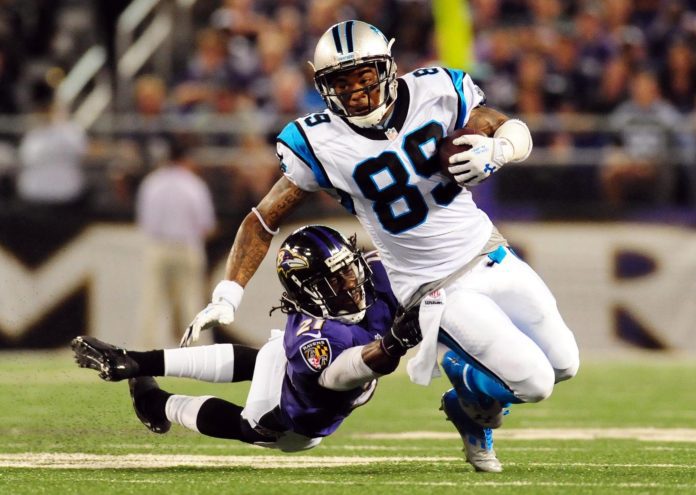The internet of things is not just for things — people are also tracked by tiny antennas and sensors. Wearable devices can be used to track children and elderly people, and also to monitor and measure the performance of professional athletes.
“A wearable device with accurate GPS location measurement is of paramount importance to monitor player performance,” said Arthur McMahon, CTO of STATSports. McMahon makes a living figuring out how wearable devices can be used to give coaches and teams valuable information about what’s happening on the playing field. The Carolina Panthers and the Cincinnati Bengals use the company’s wearable devices, as do teams in the NBA, in Spain’s La Liga, and in the UK’s Premier League.
The STATSports system, called Apex, consists of the antenna module that the players wear, as well as custom software. The system utilizes multiple channels and synchronized mesh networking to deliver data streams from all the players on the field to the Apex software for analysis.
STATSports uses tiny antennas made by Ireland’s Taoglas. The square antennas measure just 25 millimeters on each side and are embedded in a fist-sized device that can be fitted into or under a player’s jersey. The 28 dB active antenna module delivers GPS speed and positional data, with a margin of error that is typically less than 1 meter. The device also measures and transmits heart rate variability, gyroscopic and accelerometer data. The module can transmit more than half a million numbers every minute for a team of more than 30 players.
“In devices that small and sensitive, antennas can be the most common point of failure in the communications chain,” said Taoglas co-CEO Dermot O’Shea. “Taoglas has the expertise to deliver reliable antenna solutions that can excel even in the most challenging of situations.”
O’Shea said that with many antennas and transmissions in close proximity, interference can be an issue. Taoglas’ solution includes a front-end surface acoustic wave filter in front of the two-stage low noise amplifier, to reduce out-of-band noise, such as signals from nearby cellular transceivers.

